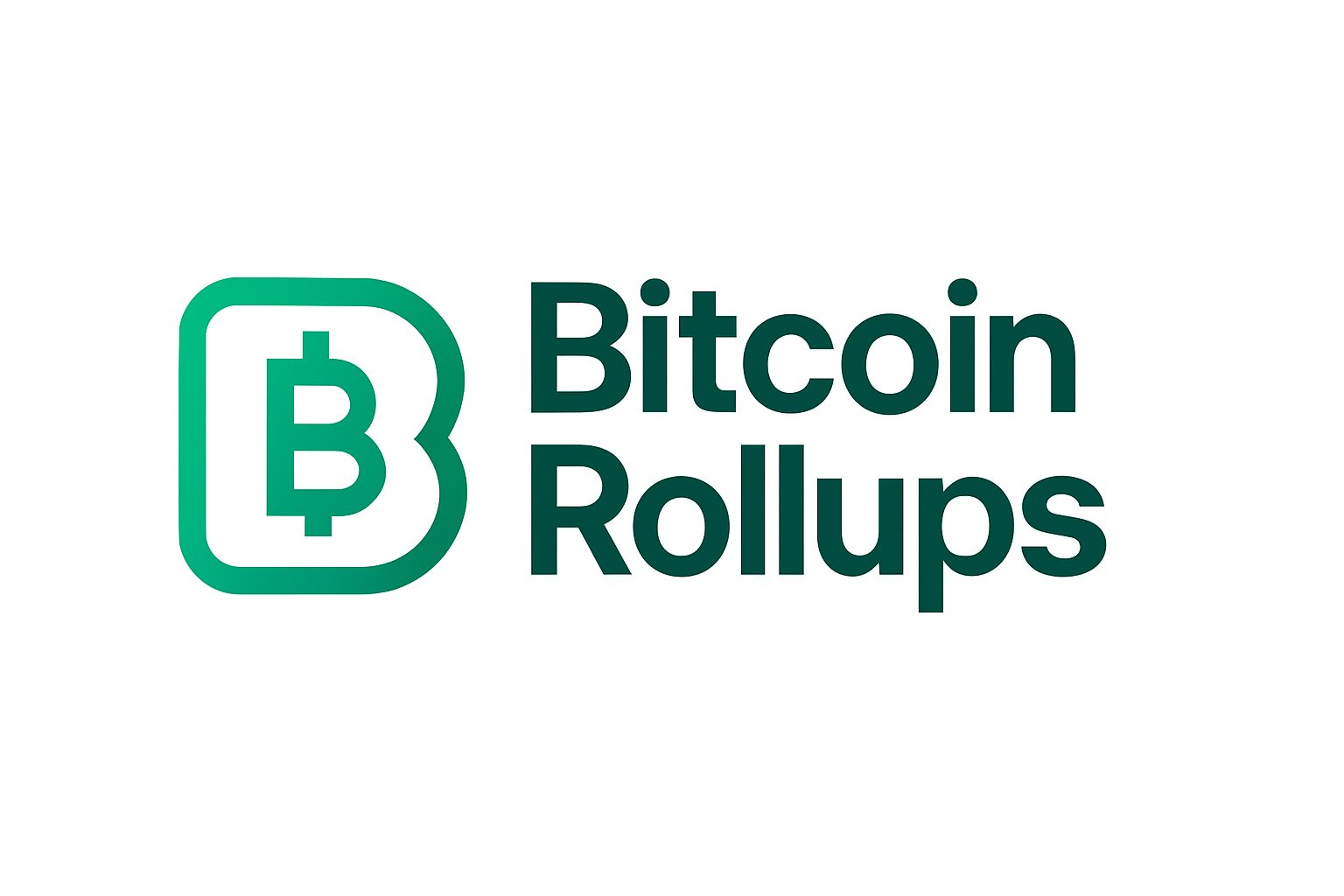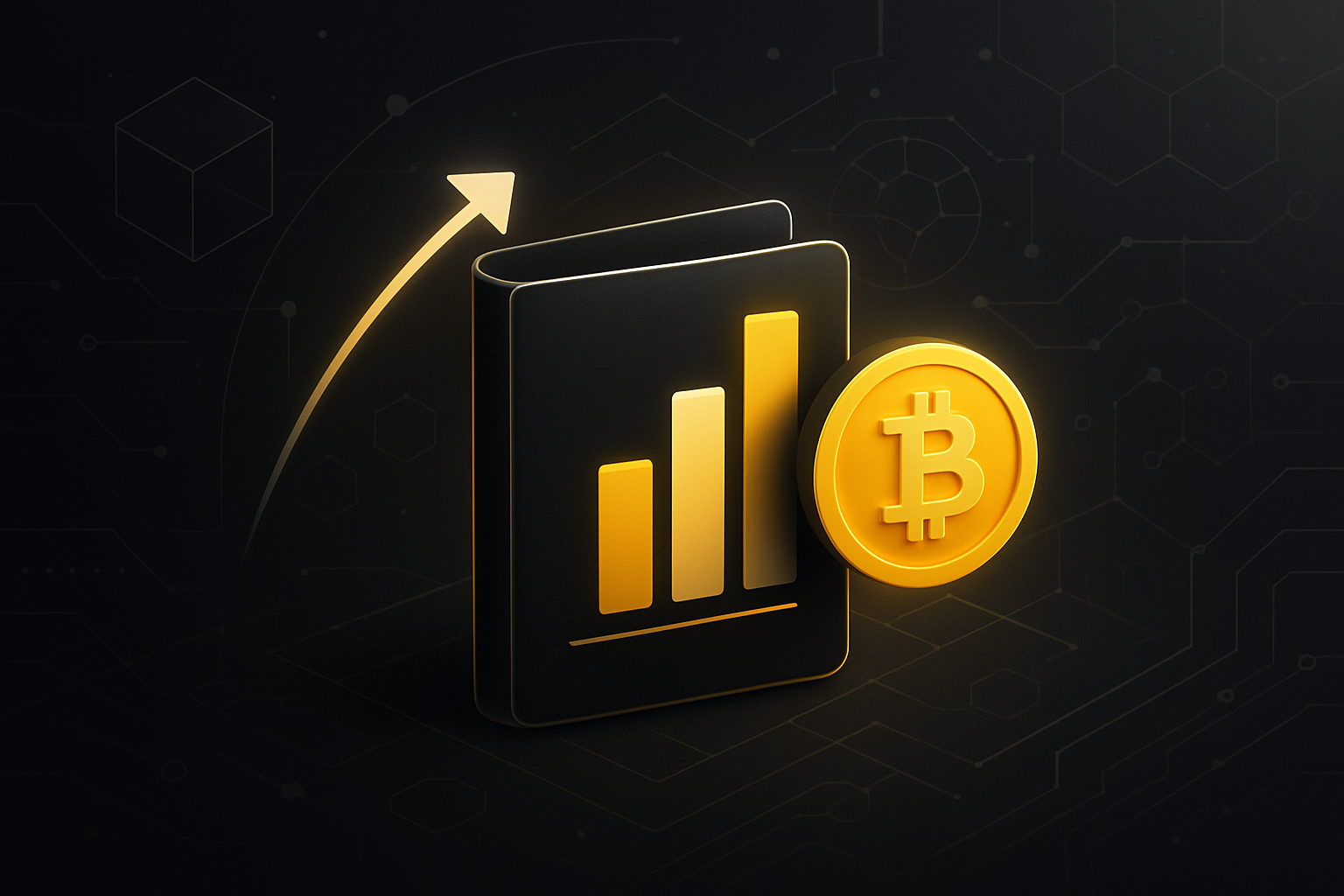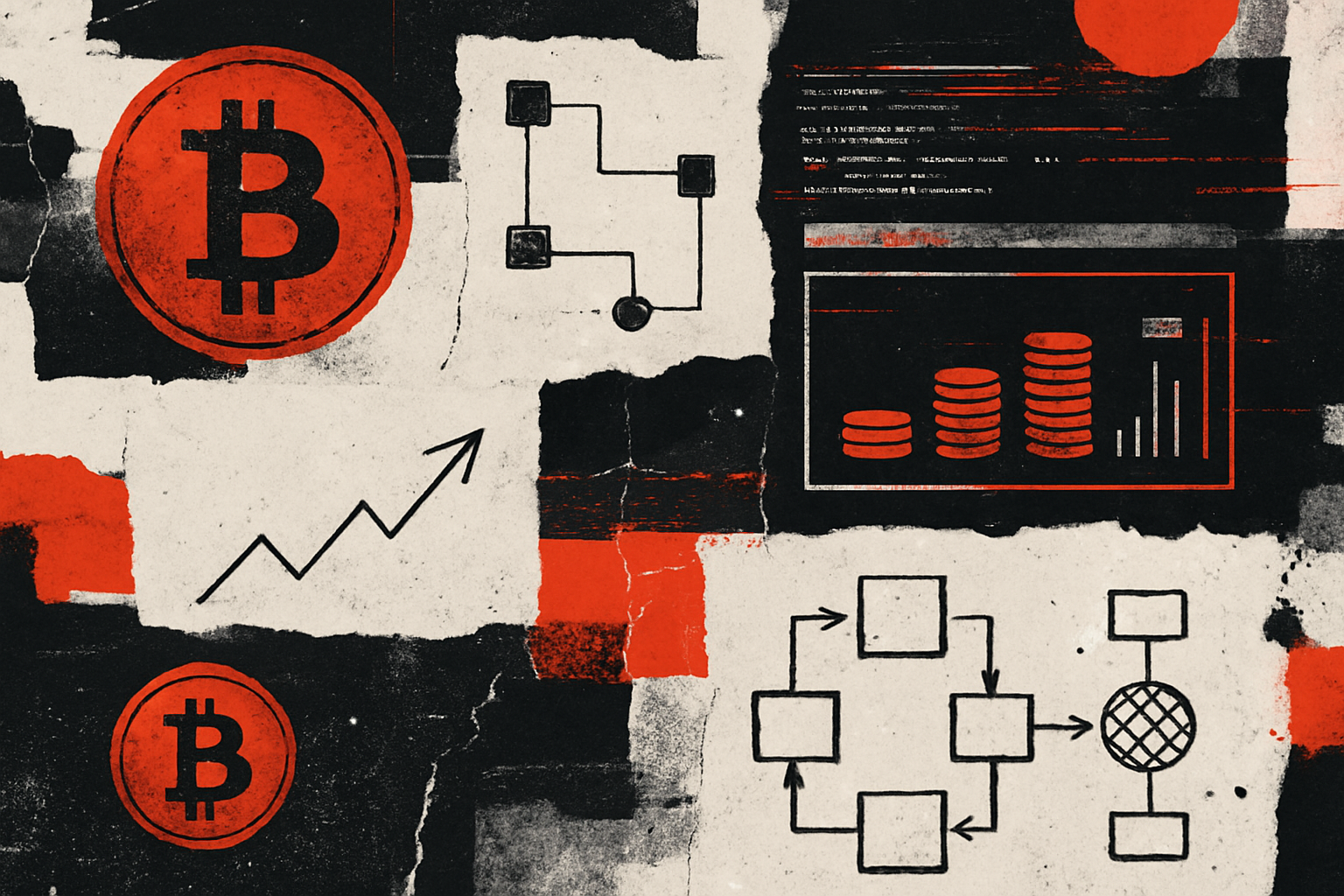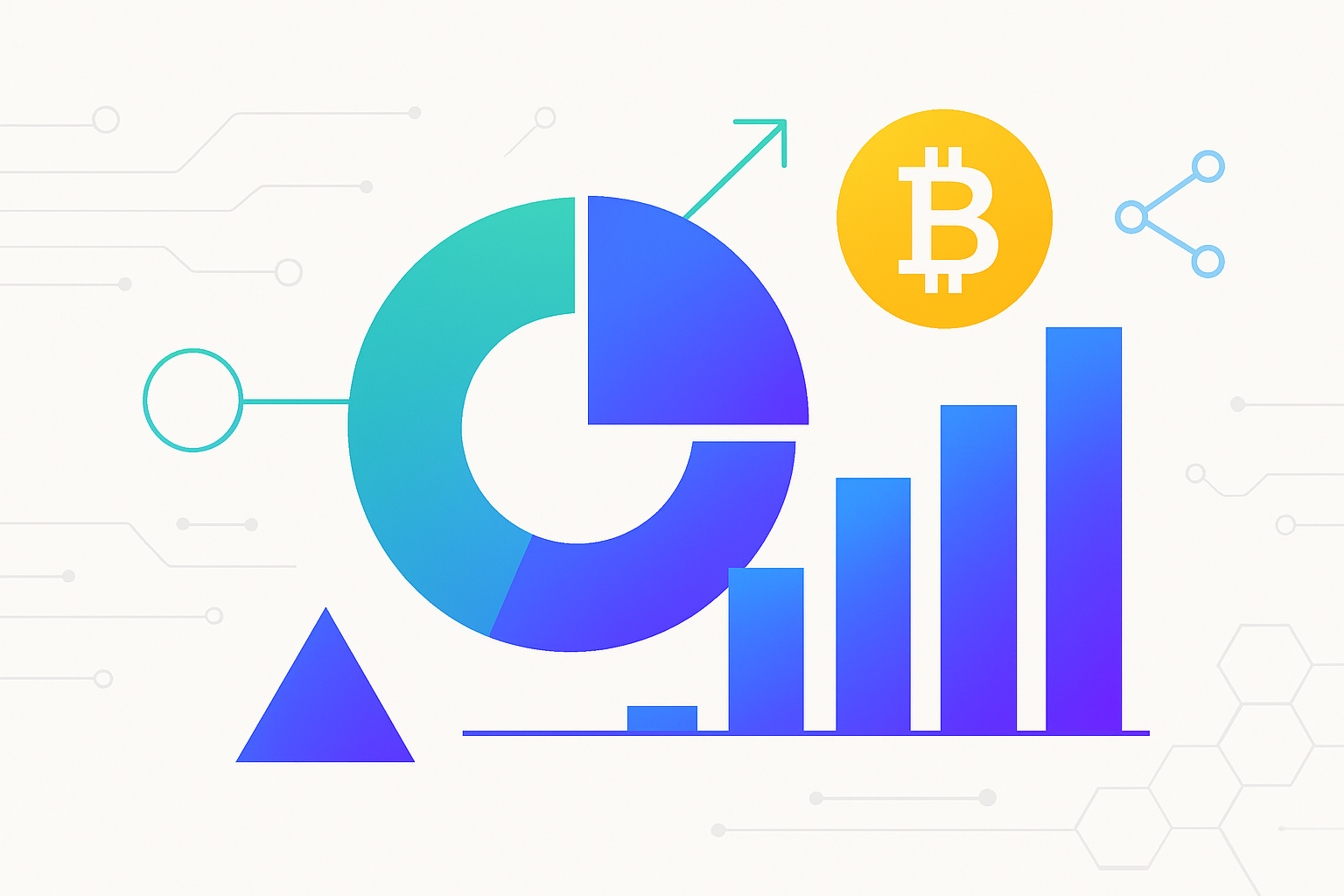
Bitcoin is once again at the center of the crypto conversation, trading at a formidable $101,165.00 as of today. But while price action grabs headlines, the real revolution is happening under the hood: Bitcoin channel factories and BitScaler cross-chain swaps are rewriting what’s possible for Bitcoin’s scalability and DeFi future, without exposing users to custody risks.
Pushing Bitcoin Beyond Its Limits with Channel Factories
If you think Lightning was the endgame for Bitcoin scaling, think again. Channel factories are the next logical leap, a way to aggregate thousands of payment channels into a shared liquidity pool. Instead of every payment requiring its own on-chain transaction (clogging up blockspace and racking up fees), channel factories let groups of users open and manage many off-chain relationships with just a single on-chain action.
The impact? Massive reduction in congestion and fees on Bitcoin’s mainnet, all while boosting throughput to levels that can support real-world DeFi applications. Imagine thousands of microtransactions zipping around in milliseconds, settling only when absolutely necessary. This is not just “digital gold” anymore; it’s programmable money at scale.
BitScaler: The Engine Behind Non-Custodial Cross-Chain Swaps
The magic doesn’t stop at scaling Bitcoin payments. BitScaler, developed by Portal to Bitcoin, takes channel factory architecture and turbocharges it for cross-chain action. BitScaler enables multi-party channels for thousands of peers and introduces delegated but non-custodial transaction signing, a game-changer for trustless interoperability.
This means you can execute atomic swaps between BTC and assets like ETH or SOL instantly, directly from your wallet, without relying on any centralized bridges or custodial vaults. No more wrapped tokens or third-party risk, just pure cryptographic guarantees that your assets stay in your control until the very moment a swap is executed.
No More Bridges, No More Custody Risks: The New Era of Atomic Swaps
The old paradigm for moving value between chains was fraught with risk: bridges get hacked, multisigs get compromised, and centralized vaults become honeypots for attackers. BitScaler flips the script by making every swap atomic (all-or-nothing) and custodyless (no one else ever holds your coins).
This architecture doesn’t just reduce risk, it unlocks new design space for Bitcoin non-custodial DEXs, decentralized lending protocols, and even automated market makers built natively atop Bitcoin’s security model. For developers and high-frequency traders alike, this means more liquidity, less friction, and zero compromise on security.
Bitcoin (BTC) Price Prediction After BitScaler Adoption (2026-2031)
Projected BTC price ranges considering channel factories, BitScaler innovations, and evolving cross-chain DeFi adoption
| Year | Minimum Price | Average Price | Maximum Price | Potential YoY Change (%) | Market Context / Scenario |
|---|---|---|---|---|---|
| 2026 | $89,000 | $115,000 | $145,000 | -12% to +43% | Post-BitScaler adoption; initial DeFi integrations, possible market correction after rapid 2025 rise |
| 2027 | $105,000 | $135,000 | $175,000 | +18% to +21% | Mainstream cross-chain DeFi on BTC; institutional adoption rises, regulatory uncertainty lingers |
| 2028 | $120,000 | $160,000 | $210,000 | +11% to +19% | BitScaler and channel factories mature; Layer 3 apps expand, global macro volatility |
| 2029 | $140,000 | $190,000 | $255,000 | +12% to +21% | Broad cross-chain utility, regulatory clarity improves, BTC DeFi TVL surges |
| 2030 | $165,000 | $230,000 | $310,000 | +13% to +22% | Bitcoin as a DeFi backbone; competition from ETH/SOL/L2s but BTC holds market share |
| 2031 | $190,000 | $275,000 | $370,000 | +10% to +19% | Widespread institutional and retail use; mature DeFi ecosystem, further scaling possible |
Price Prediction Summary
Bitcoin’s price outlook for 2026-2031 is highly positive, with BitScaler and channel factories positioning BTC as a leader in secure, non-custodial cross-chain DeFi. While the market may experience corrections and volatility, the technological leap could drive sustained growth, especially as institutional and retail adoption of BTC-powered DeFi accelerates. Maximum price scenarios assume bullish regulatory and adoption trends, while minimums reflect potential macro or crypto-specific downturns.
Key Factors Affecting Bitcoin Price
- Adoption rate of BitScaler and channel factories in the Bitcoin ecosystem
- Growth of cross-chain DeFi and BTC’s role as a trustless settlement layer
- Macro-economic conditions and global liquidity cycles
- Regulatory clarity on Bitcoin, DeFi, and cross-chain protocols
- Competition from Ethereum, Solana, and emerging Layer 2/3 solutions
- Network security, scalability improvements, and user experience innovations
- Market sentiment and institutional allocation to BTC as digital gold and DeFi collateral
Disclaimer: Cryptocurrency price predictions are speculative and based on current market analysis.
Actual prices may vary significantly due to market volatility, regulatory changes, and other factors.
Always do your own research before making investment decisions.
As these innovations go live, enabling custody-free swaps across chains like Ethereum and Solana, the market is already taking notice. With $101,165.00 as the new baseline for BTC price action, scalable infrastructure like channel factories and BitScaler could be the catalyst that finally propels Bitcoin into mainstream DeFi territory.
For power users and institutions, the implications are enormous. Channel factories and BitScaler create an environment where liquidity can flow freely across chains without bottlenecks or single points of failure. This is the foundation for a new generation of Bitcoin-native DeFi infrastructure, one that’s built on trust-minimized, censorship-resistant rails.
Developers are already leveraging these tools to launch decentralized exchanges, lending protocols, and liquidity pools that work directly with Bitcoin, not some synthetic derivative. The result? True capital efficiency and composability, all while maintaining the non-custodial ethos that made Bitcoin famous in the first place.

Why This Matters Right Now
With Bitcoin holding strong at $101,165.00, the ecosystem is at a crossroads. Institutional money is circling, retail traders are back in droves, and everyone’s looking for yield. But until now, Bitcoin has been largely sidelined from the action happening on other chains due to its conservative design, security over flexibility.
BitScaler changes this equation by making it possible for Bitcoin holders to participate in DeFi opportunities across multiple blockchains without ever giving up custody or exposing themselves to bridge exploits. This isn’t just an incremental upgrade, it’s a paradigm shift that could unlock trillions in dormant liquidity as users realize they no longer have to choose between safety and utility.
Looking Ahead: The Roadmap for Bitcoin Scaling
The momentum behind channel factories and BitScaler shows no sign of slowing down. As more developers build on top of these primitives, expect to see:
- Lightning-fast settlement across chains with zero custodial risk
- Decentralized orderbooks denominated in native BTC
- Programmable liquidity pools that tap into both Lightning Network and external blockchains like Ethereum or Solana
- Seamless onboarding for new users through wallet integrations powered by BitScaler’s post-quantum security model
The bottom line? The era of slow, expensive bridges is ending. Channel factories combined with BitScaler are transforming Bitcoin from digital gold into programmable money ready for prime time DeFi, without sacrificing what makes it unique. If you’re building or trading at scale, it’s time to pay attention.
If you want a deeper technical dive into how these systems work under the hood (and why they’re so much safer than legacy bridges), check out our feature here: How BitScaler and Channel Factories Enable Non-Custodial Cross-Chain Swaps.







